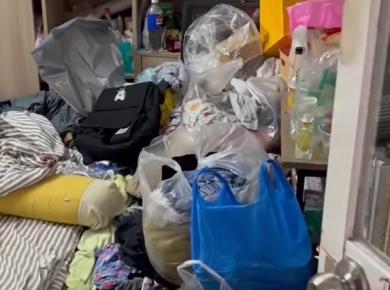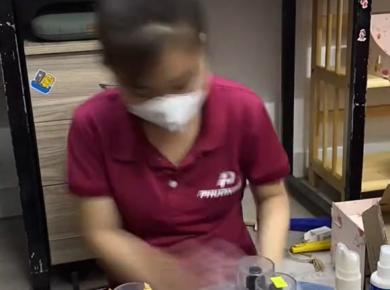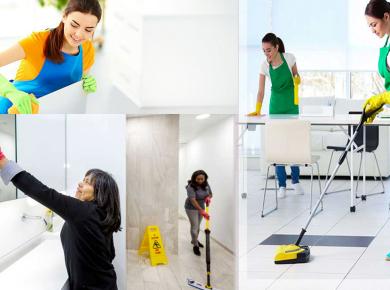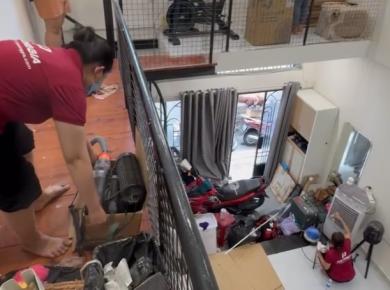Stubborn stains on floors, walls, or furniture can be a nightmare when cleaning your home. But don’t worry! This article shares practical, time-saving tips to tackle tough stains effectively. From grease in the kitchen to ink on your sofa, you’ll discover solutions to make your home sparkling clean. Dive into these creative, easy-to-follow methods and transform your space today!
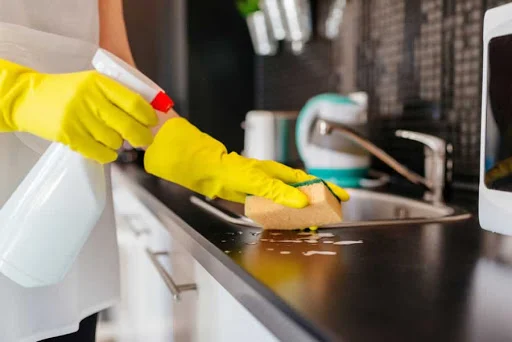
Why Are Stubborn Stains So Hard to Remove?
Stubborn stains often result from grease buildup, ink, coffee, or rust that penetrate surfaces over time. These stains not only ruin your home’s appearance but can also damage materials if not handled properly. Understanding the nature of each stain helps you choose the right cleaning method, saving you time and effort.
Common Types of Stubborn Stains
- Grease and Oil: Often found in kitchens, clinging to stoves, walls, or floors.
- Ink and Paint: Common on desks, sofas, or clothing.
- Limescale and Rust: Frequently seen in sinks, faucets, or metal surfaces.
- Food and Coffee Stains: Spilled on carpets, upholstery, or wooden floors.
Top Tips for Removing Stubborn Stains Effectively
Here are proven methods to tackle common stains using everyday ingredients like vinegar, baking soda, and dish soap. Grab your supplies and let’s get cleaning!
1. Tackling Grease and Oil Stains in the Kitchen
Grease stains on stovetops, tiles, or floors are a common challenge. Try this simple solution:
- Mix white vinegar and warm water in a 1:1 ratio.
- Add a few drops of dish soap to break down the grease.
- Soak a soft cloth in the solution, wipe the stain, let it sit for 5 minutes, then rinse with clean water.
Pro Tip: For stubborn grease, sprinkle baking soda on the surface, scrub gently with a soft brush, then wipe with the vinegar solution.
2. Removing Ink and Paint Stains
Ink stains on sofas, wooden tables, or clothes can seem impossible to remove. Don’t give up—try these tricks:
- Dab a clean cloth with 90% isopropyl alcohol and gently rub the ink stain. Alcohol dissolves ink without damaging surfaces.
- If alcohol isn’t available, apply non-gel toothpaste. Rub it into the stain with a soft brush, then wipe clean.
Note: For fabric sofas, test on a small, hidden area first to avoid discoloration.
3. Dealing with Limescale and Rust
Limescale in sinks or rust on faucets can be easily removed with white vinegar or fresh lemon.
- Soak a cloth in white vinegar, wrap it around the rusty area, and let it sit for 30 minutes.
- Scrub gently with a brush, then rinse with water.
- For tough limescale, sprinkle baking soda on the surface, add a few drops of vinegar, let it fizz, then scrub clean.
4. Cleaning Food and Coffee Stains
Coffee or food stains on carpets or upholstery need quick action to prevent deep penetration. Here’s how:
- Blot the stain immediately with a clean cloth to absorb excess liquid.
- Mix warm water, dish soap, and a splash of white vinegar. Dab the stain with a cloth soaked in the solution.
- For carpets, blot again with a dry cloth and let it air dry.
Tips to Keep Your Home Spotless After Cleaning
Once you’ve tackled stubborn stains, maintaining a clean home prevents future headaches. Try these habits:
- Regular Cleaning: Spend 10-15 minutes daily wiping surfaces, vacuuming, or sweeping floors.
- Use Doormats: Place mats at entrances to trap dirt from shoes.
- Act Fast: Clean spills immediately to prevent stains from setting.
Conclusion
Removing stubborn stains when cleaning your home doesn’t have to be daunting. With the right techniques—using vinegar, baking soda, or alcohol—you can conquer grease, ink, rust, and coffee stains effortlessly. The key is to act quickly and use the appropriate method for each stain type. Keep your home sparkling clean and inviting with these practical tips! For professional cleaning support, contact Phuong Gia Foundation for expert advice and services. Start cleaning today and enjoy a pristine living space!









